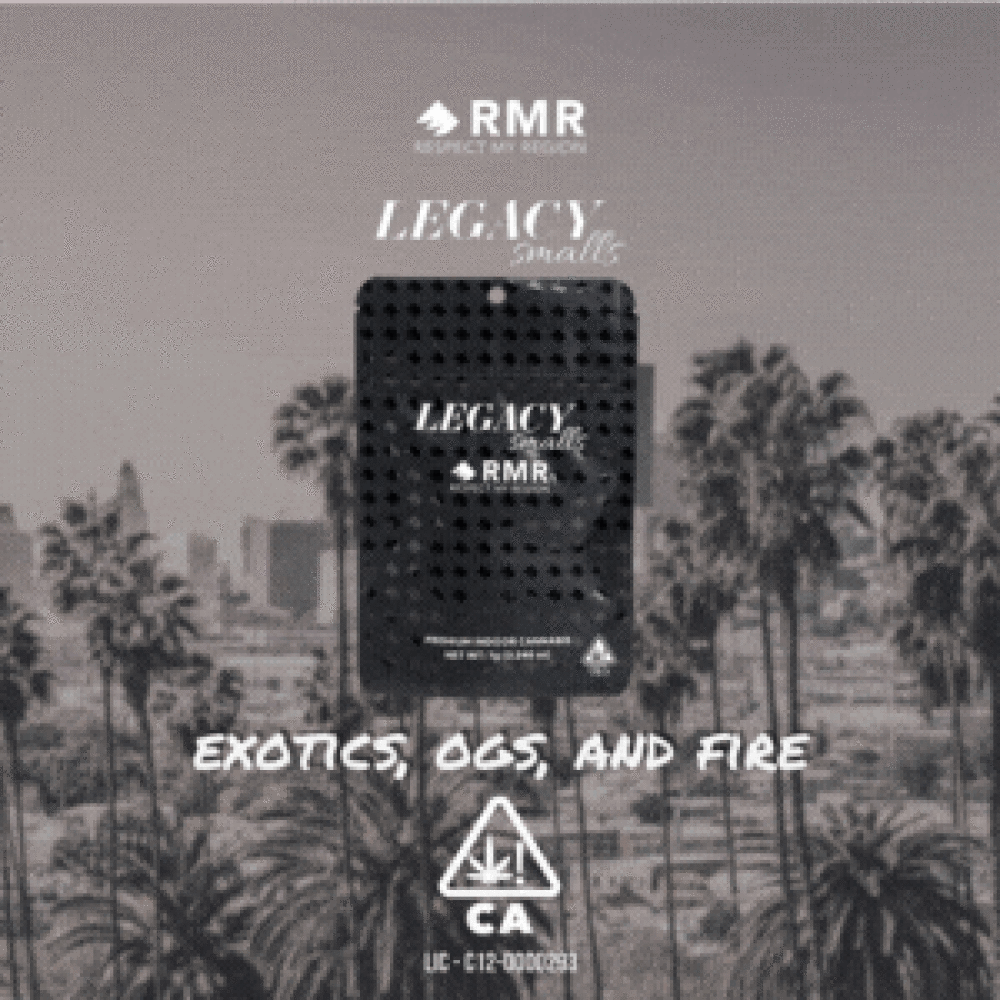Cannabis and wine share many similar properties. Making the process of tasting wine and cannabis very similar. To start with, they both contain terpenes and flavonoids (smells and flavors). Also, they are an agricultural product with many different tasting varietals/strains. Cannabis is also regionally specific; everywhere in the world has different growing styles, traditions, tastes and flavors.
There is always a hierarchy of genetics and producers with proven provenance. Genetics are smuggled all over the world in an attempt to be cultivated in other regions. On a microscopic level, the THC glandular head actually looks like a grape. If we squish that head into rosin, we have basically pressed grapes!
Now, if you’ve never been to a wine tasting, no worries this exercise is simple! If you have been to a wine tasting; act like you are a pro and talk about tannins or some other wine word. May I suggest carbonic maceration. *If you care to know what that is, see the footnote at the bottom of this article.

The Process of Tasting Wine and Cannabis
The experiment starts like a familiar wine tasting (if you are not familiar, it’s very easy to pretend). Stick your nose deep in your glass of wine and sniff it gently but deeply. T
Now taste the wine, let it sit in your mouth and on your palate for a few seconds. If you are feeling adventurous feel free to percolate your wine in your mouth! Enjoy a sip or two and collect the flavors you taste. Wine and cannabis can taste like anything and nobody is wrong.
Next, smell the cannabis with the same intent as you smelled your wine. Understand your cannabis. To smell your cannabis best, place it in a white wine glass and cover the top, remove the cover then smell.
Proceed to smell both your wine and cannabis holding each in a hand. Smell them side by side rapidly confusing your sense and blending the two aromas together. Then, try tasting your wine and smelling the cannabis. Notice how the taste of wine changes on your palate? We can only taste five things; sour, sweet, salty, bitter, and umami. However, we can smell millions of aromas. This combination of taste and smell is what creates flavor. Smelling cannabis while drinking your wine creates an entirely new experience for both products.
Finally if you’d enjoy consuming some cannabis I always suggest vaporizing it. I highly recommend cannabis extracts. This way you will get the purest essence of flavor and will avoid incinerating plant matter. Have a puff, let the cannabis settle on your palate for 10-20 seconds. Try and understand the flavors. Now have another sip of wine. Do you notice anything different? A perception that the wine is sweeter? Feels thicker in your mouth? New flavors? More acidic? More alcoholic? There are great pairings and bad pairings. Exploring them is part of the fun!
Cannabis & Wine Are The Same
Now you now the basics of cannabis and wine pairings! An experience that rivals pinot noir and chocolate ice cream or Riesling and carne asada tacos. Those may be weird but you’ll just have to take my word for it. I hope you’ll share your favorite pairings with me at @TheCannabisSomm on Instagram twitter or facebook.
“Cannabis and wine are practically identical. From the passionate people to growing, selling and extracting; Cannabis and wine share so many paralells.”
Andrew Freedman The Cannabis Sommelier

*That Footnote I Mentioned Earlier
Carbonic maceration is when wine grapes start to ferment inside of their own skins. This happens in a carbon dioxide rich environment.
Traditionally, wine is pressed and the juice is then inoculated with yeast. Carbonic maceration creates intracellular fermentation using natural yeasts found on the grape skins. The juice has converted to between 3-5% alcohol before bursting the skin.
The grapes underneath that have been crushed by the weight of other grapes is the “free run juice.” Carbonic maceration is most often associated with French wine from the Beaujolais region. The wines are fruity and fun with low tannin and are built for drinking and not aging.









